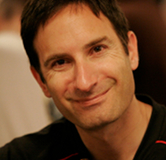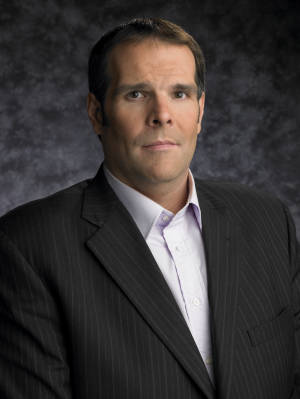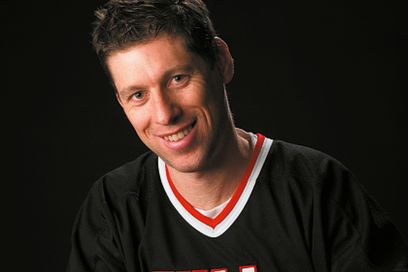
By Howard Lederer

Most people who attend prestigious poker tournaments, have developed their interest for these watching the WSOP on television. Seeing the players cards, the viewer can see exactly how the best players play their hands. They can then apply these lessons learned at their own game.

Most people who attend prestigious poker tournaments, have developed their interest for these watching the WSOP on television. Seeing the players cards, the viewer can see exactly how the best players play their hands. They can then apply these lessons learned at their own game.
Over the years, I've noticed that some of the less experienced players who are registered to the $ 10,000 buy-in tournament, have not grasped what they have seen on TV. Many have misinterpreted what they saw. What causes some players to wonder why such a game works very well for Phil Ivey or Chris Ferguson, but is a disaster for them.
To avoid falling into this trap yourself, take note these two key factors next time you look at the WPT or WSOP: the number of players at the table and the size of the stack relatively to the size of the blinds.
The final table of the World Poker Tour begins when there are more than 6 players left in the tournament. For the vast majority of the tounrois, the final table has 9 or 10 players. When 10 players are on a table, you must always remember that a player can hold a big pair or AK. That makes most of the players to be very cautious on a full table. They won't get embarrassed with a speculative hand like a pair average or AT. On a table short-handed on the other hand, the chances of encountering a big hand are much diminished. When 3 or 4 opponents, a pro will often play a hand like 99 ways very aggressive.
Usually, in the latter stages of a tournament, the blinds are extremely high compared to the size of the stacks. For example, during the recent WPT in tunics, when it remained more than 4 players, stacks averaged of about 1.4 million tokens. This may seem large, but when the blinds are at 30,000 and 60,000 with 10,000 antes, this is not so big that much. The short stacks which each had less than a million tokens, could not afford to be very patient. If they were not playing for say 20 hands, their stack was going to be cut by half.
As the blinds increase, good players become more and more aggressive, making several preflop raise to steal the blinds and antes. They know that if they wait only excellent one-handed, the blinds and antes will kill them slowly. At this stage of the tournament, you'll see several attempts by flights of blinds with hands of 2nd and 3rd quality. The other good players, aware that good players will raise them with the hands of second-order, can raise their round to protect their blinds, even if their starting hand is not excellent.
Playing short-handed with very high blinds tables requires a very aggressive playing style. Therefore, when you see a pro relaunch blinds with 77, it must take into account all these factors. He thinks about the blinds, the number of players on the table and assumed that he has the best hand, then it makes the game that seemed to be the best. In addition, he knows that it will be very difficult for his opponents to caller this in all recovery. The same player will play this hand very differently at the beginning of tournament for example.
The last factor to consider when looking at poker on television is that what is seen was preselected. The WSOP this year, has been 15 hours and thousands of hands to determine a winner. On ESPN, we usually see 20 hands per hour of broadcasting. Therefore, you can be sure that many elements are missing when looking at a hand on television. A call or a recovery that may seem crazy on TV, may be the perfect game to put on a table at a point in the tournament. For example, if an aggressive player has raised the last 8 times it was on the button, the correct game on the blinds will be defend you by relaunching it, even if you have a bad hand, simply to launch the message that you will not let fly as easily. A revival of the blinds with 8 high say, is not a game that we are accustomed to see, but in this situation, this makes perfect sense, even if it may seem weird to the TV.
I suggest you watch on TV the next poker event to which you plan to attend. When you look at the event, keep count of the number of players at the table as well as the size of the stacks from the blinds. Paying attention to these details, you will wear a better judgment on what you will see.




